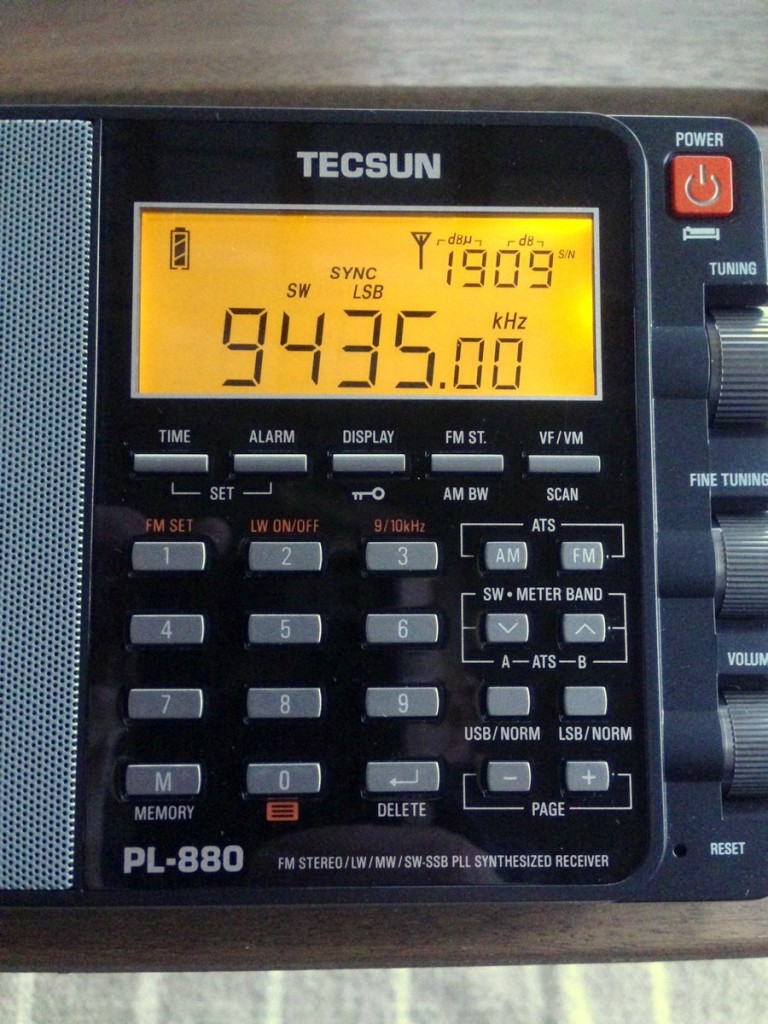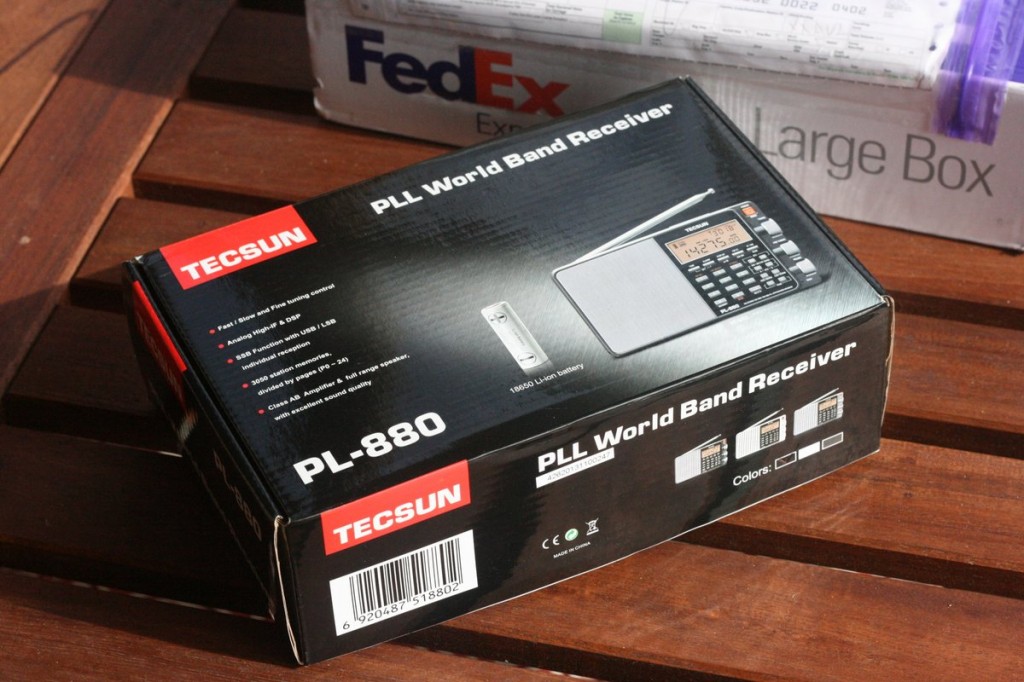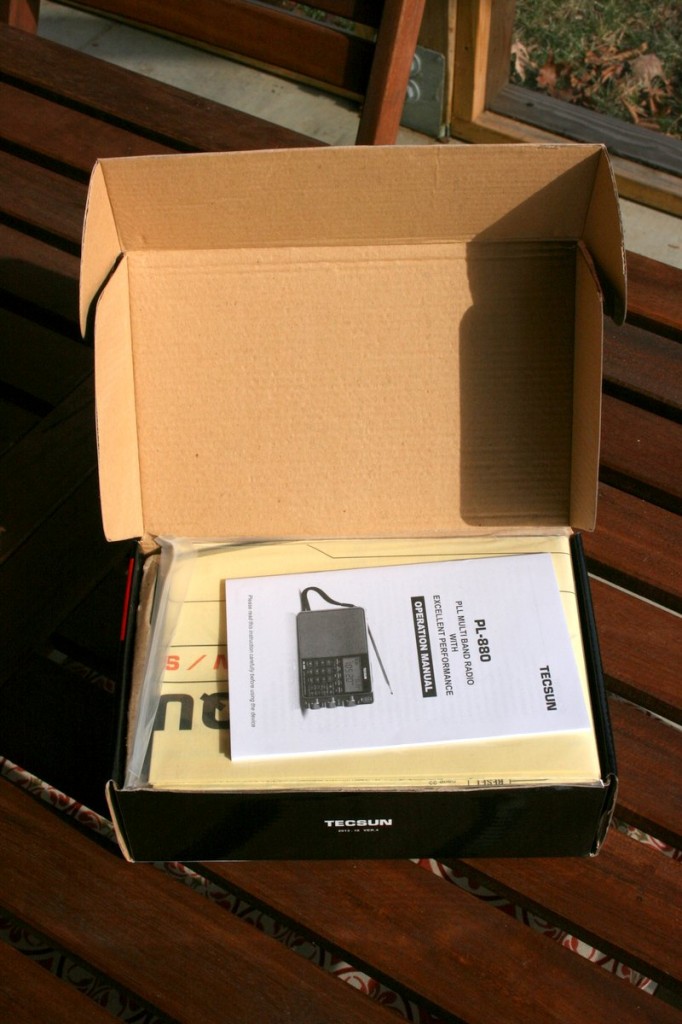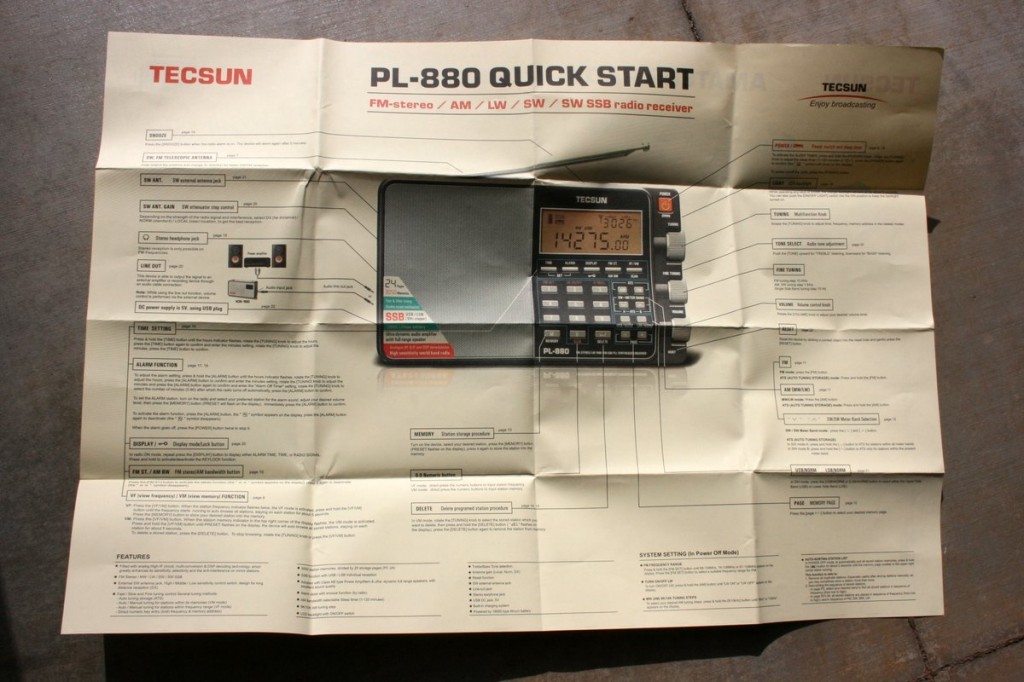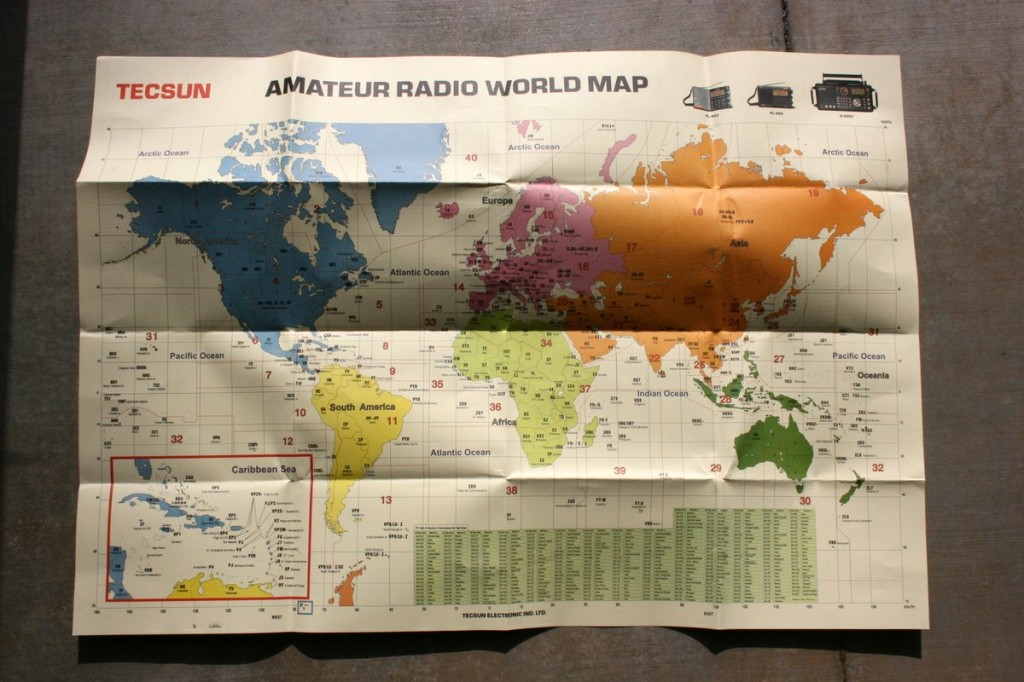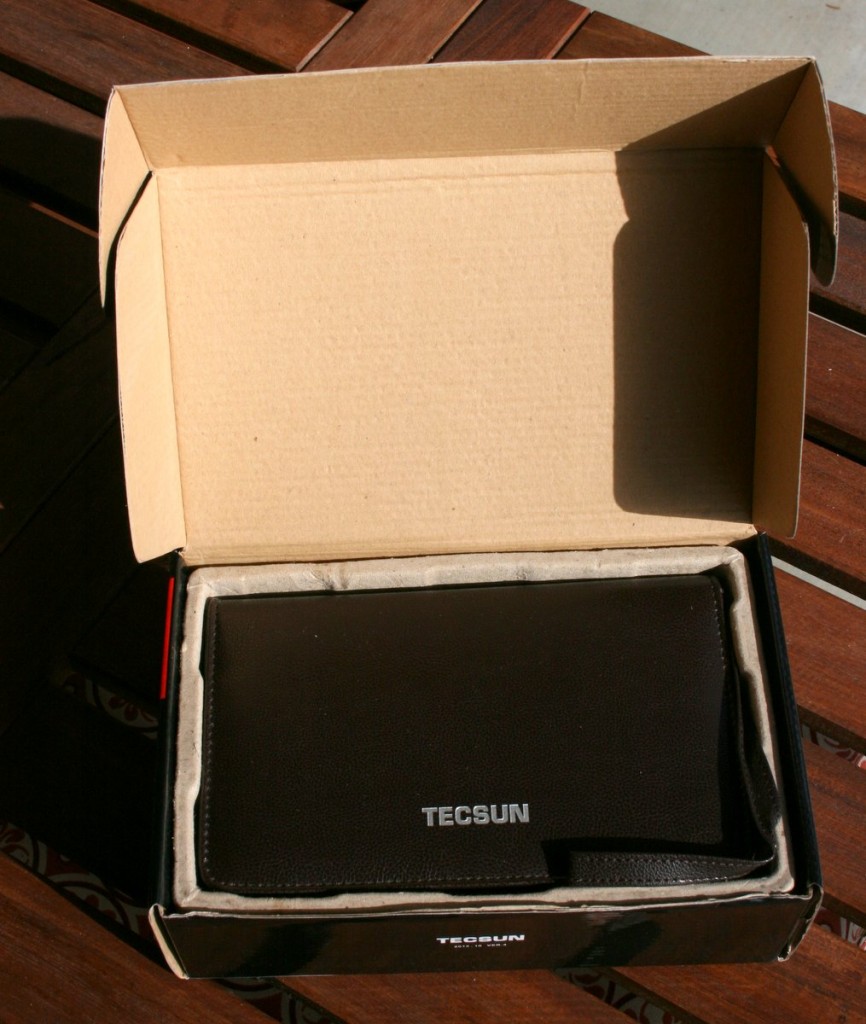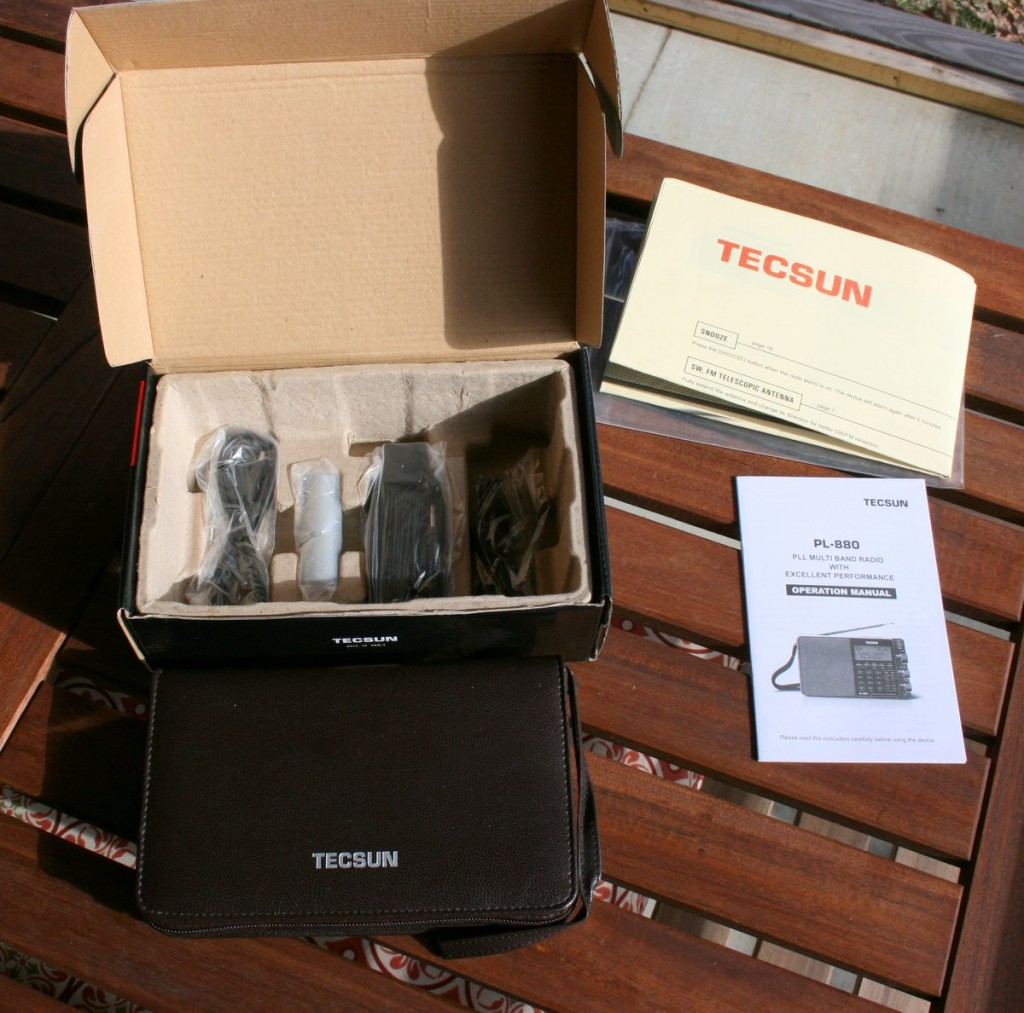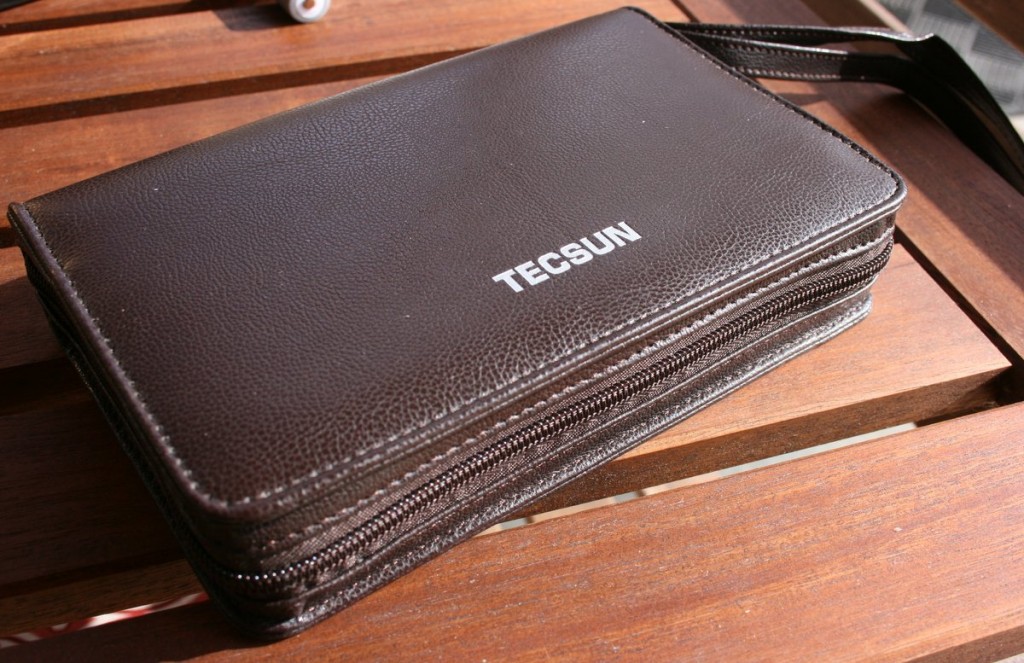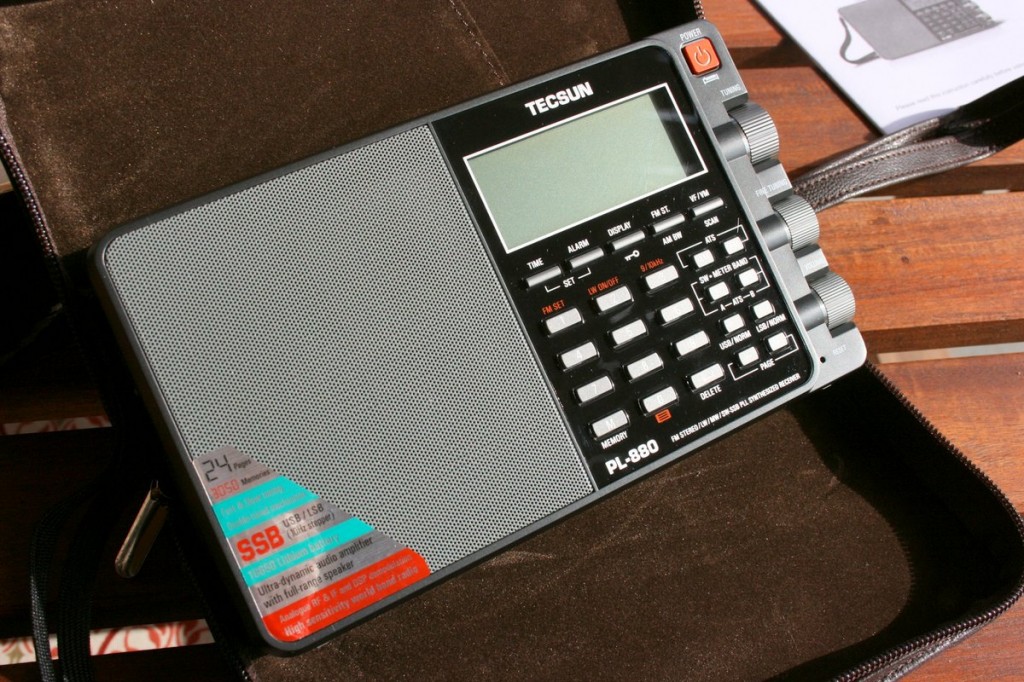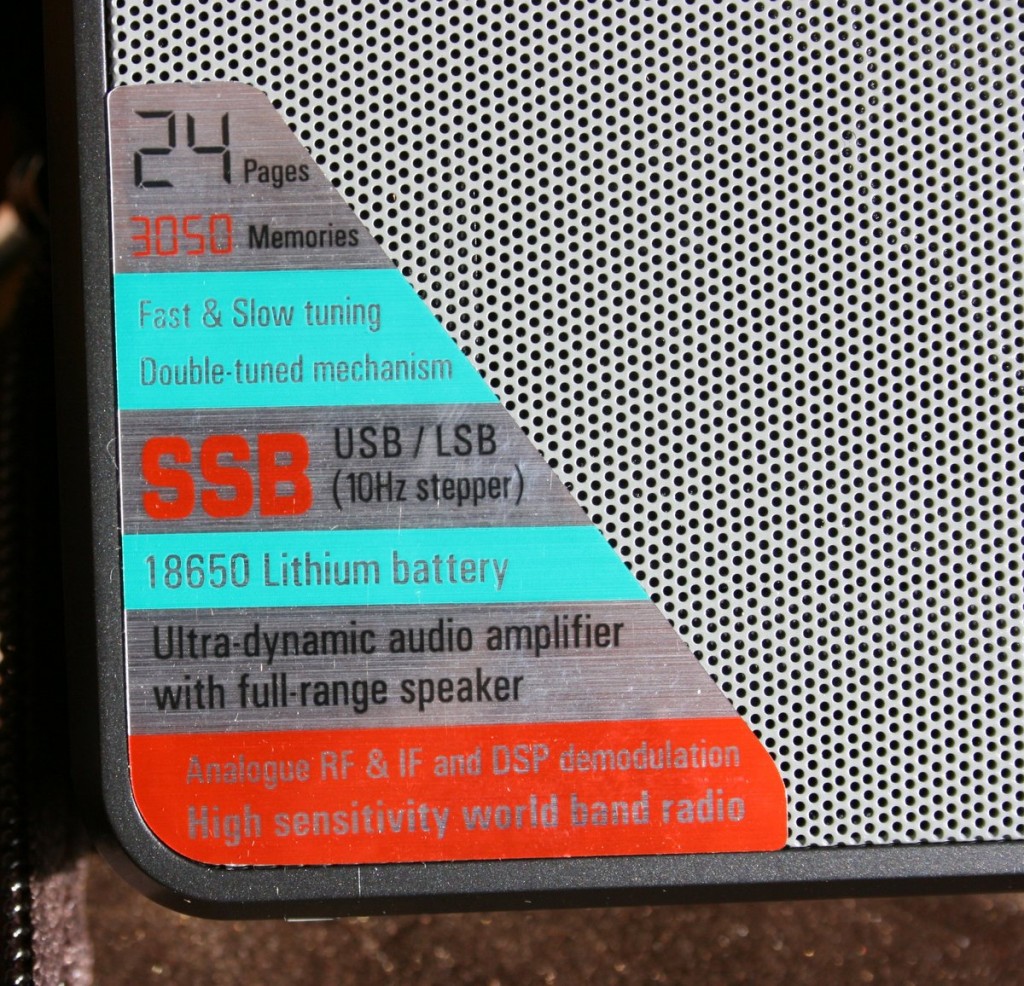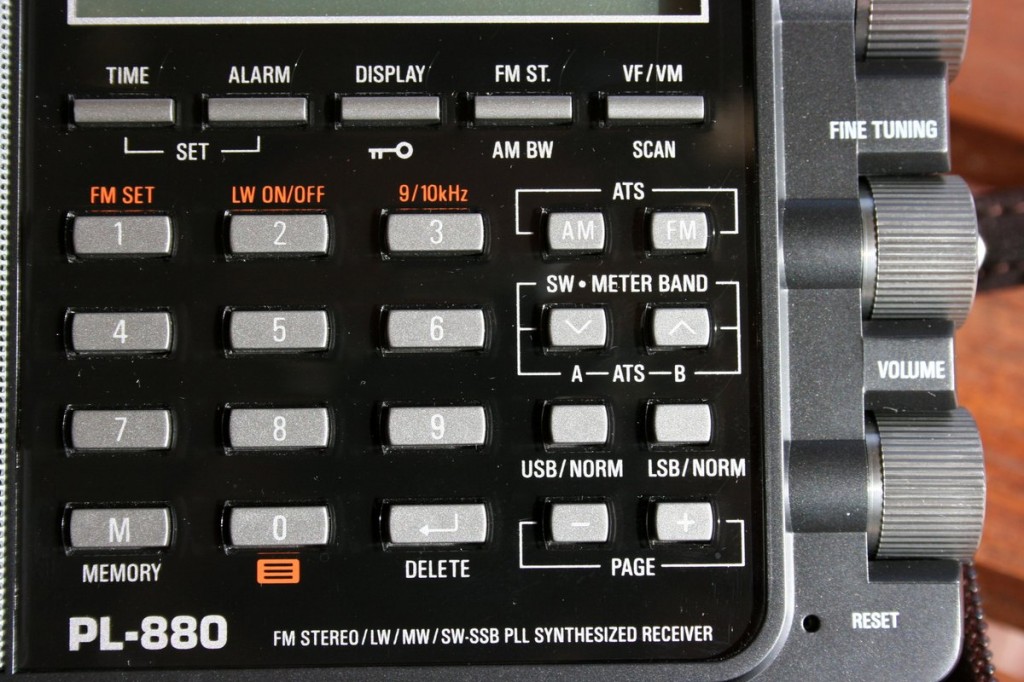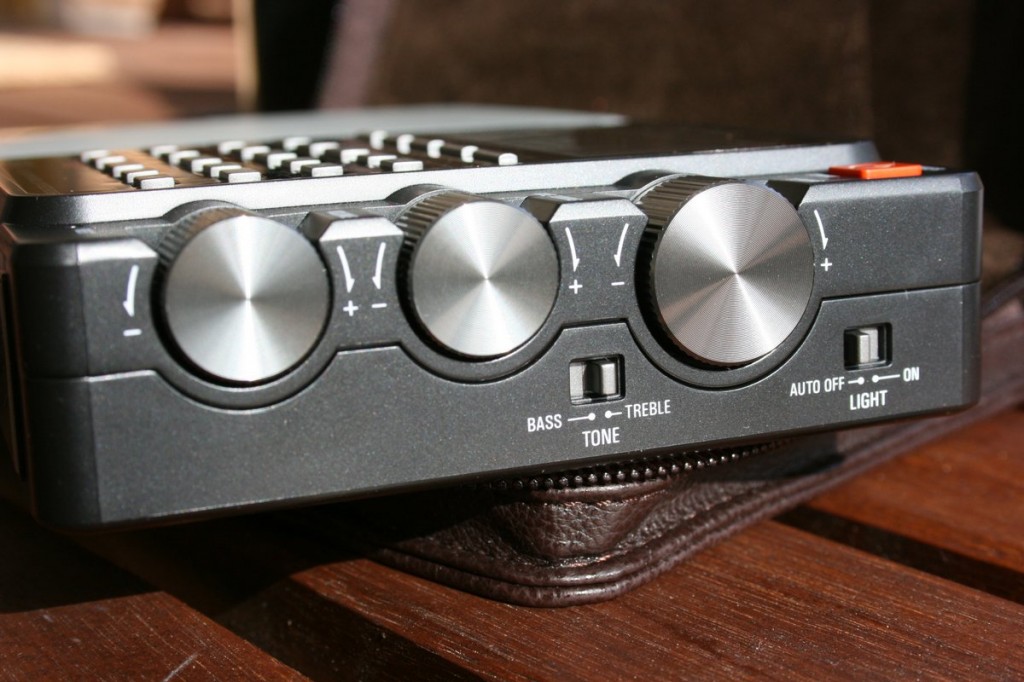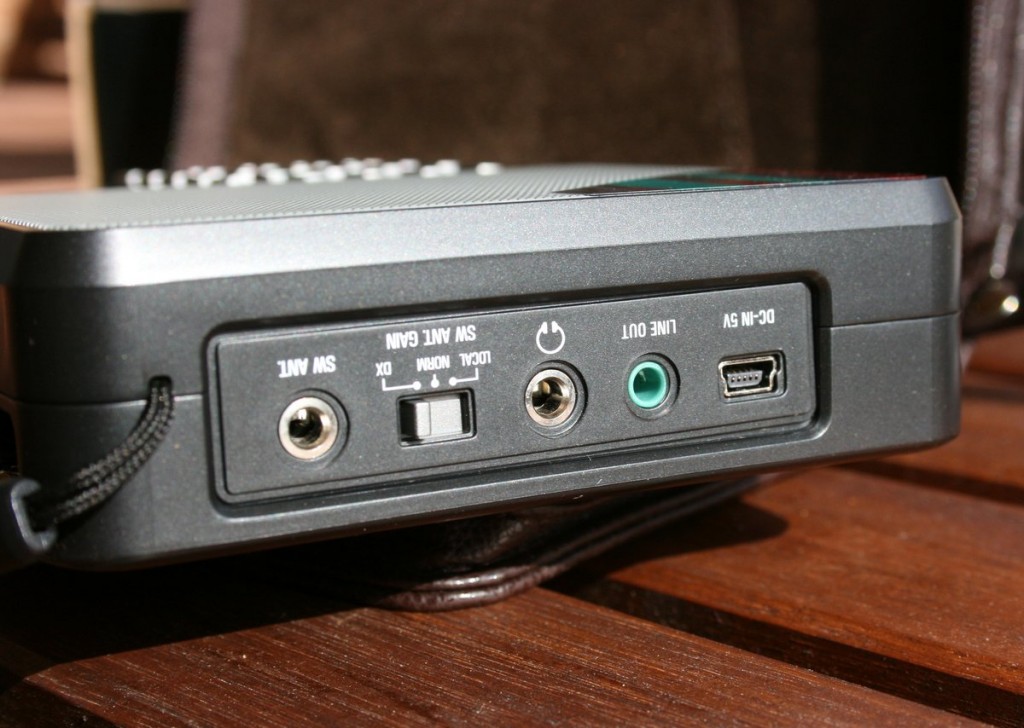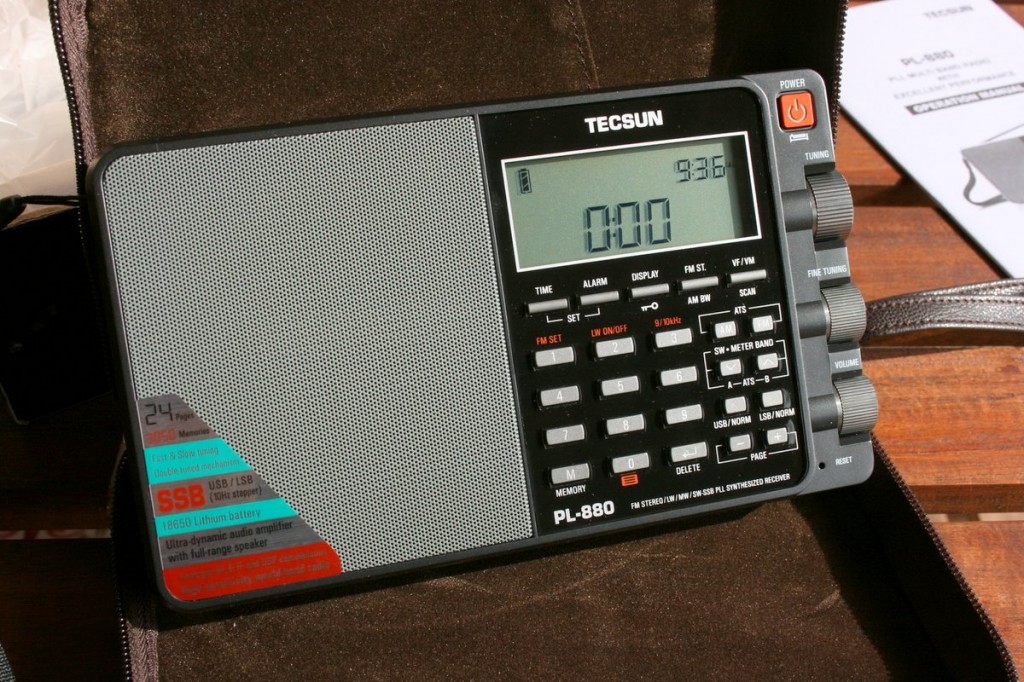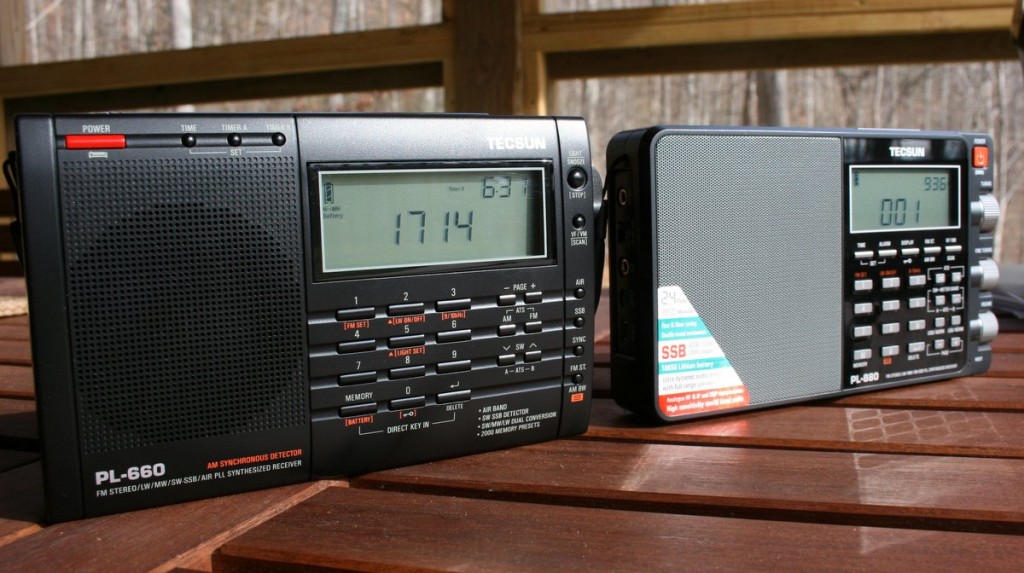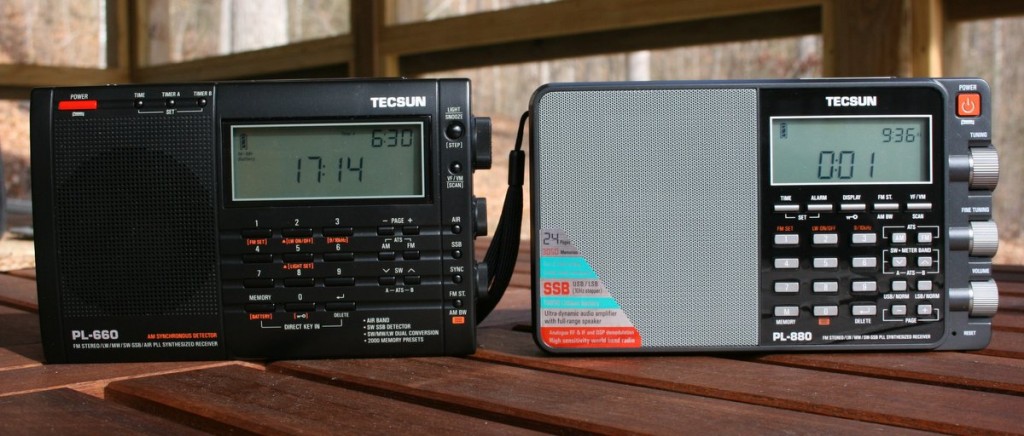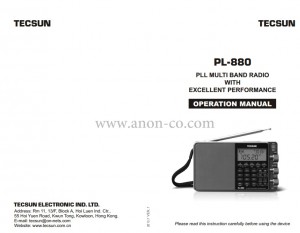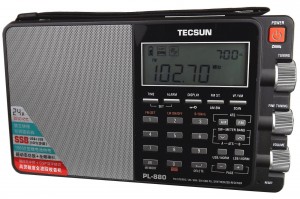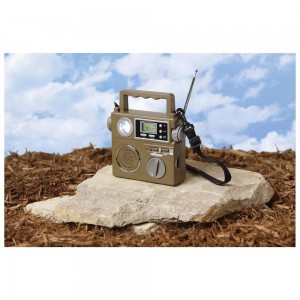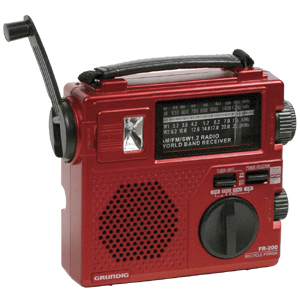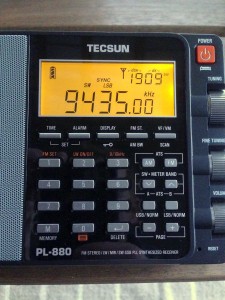 SWLing Post reader Owl points out another hidden feature of the Tecsun PL-880:
SWLing Post reader Owl points out another hidden feature of the Tecsun PL-880:
“Press and hold 9 when you listen to AM or SSB, you may adjust the muting threshold using either tuning knob. Press 9 again after you are done, the new threshold will be saved.”
Many thanks, Owl, as this solves a small problem I discovered with my PL-880.
Evidently, the muting threshold of the PL-880 defaults to 5 DBu. I found that listening to a marginal station produced a dip and jump in volume as the signal level hovered around 5 DBu. It was most annoying!
Owl is correct–simply holding the number 9 down while listening allows you to adjust the muting threshold between 00-25 DBu. It seems setting the threshold to 00 turns off all muting. I prefer it off, so this is the setting I will use most of the time.
The PL-880 has a number of hidden features. I will post them as they are uncovered.
You can follow all Tecsun PL-880 updates by bookmarking/checking this link.

